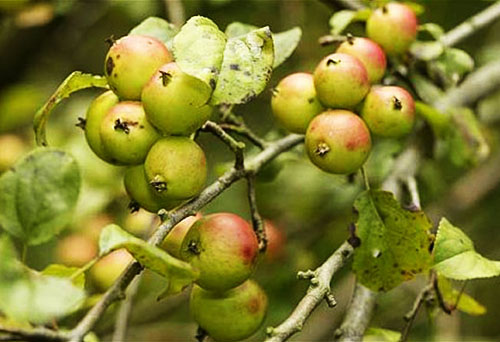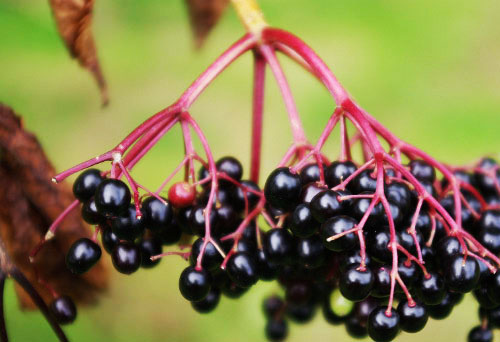life afloat
rich pickings
Hello again! It’s Jane here, retired Nurse and part time canal boat dweller. I hope everyone has been enjoying a wonderful summer on the waterways, whatever you’ve been doing.
In the last few weeks, we’ve been out quite a bit on our narrowboat Ladybird, we managed a trip on the amazing Anderton Lift in Cheshire a couple of weeks ago, going from the Trent and Mersey Canal onto the River Weaver. What an incredible experience! I can highly recommend it if ever you are in the area.
 There’s a lovely visitors centre with a café and shop there. They run frequent trips on their own large boat taking you down on the lift, from the canal at the top to the river below, and off for a short river cruise. Here’s a link to the Anderton Lift website.
There’s a lovely visitors centre with a café and shop there. They run frequent trips on their own large boat taking you down on the lift, from the canal at the top to the river below, and off for a short river cruise. Here’s a link to the Anderton Lift website.
It’s been so good to have dry sunny weather to enjoy the canals and towpaths, but the long dry spell is having a negative impact now, with certain canals being non-navigable due to low water levels. So whilst getting out and about on boats may not be possible in all areas, cycling and walking on the towpaths and surrounding areas certainly is. It’s a great way to see all the wildlife and different plants there.
In this article I’m going to talk about foraging…collecting free foods from around the towpaths and near the canals and how to make lovely drinks and jams from them.
It’s a couple of years now since I started to look for foods that were growing near to wherever we were moored. The first find was a crab apple tree, it was late in September and the small tree was laden with small, hard, green fruit with a pink tinge.
 If you’ve ever tasted a raw crab apple you’ll know for sure they are not for eating in their natural state. The sourness and hardness renders them completely inedible.
If you’ve ever tasted a raw crab apple you’ll know for sure they are not for eating in their natural state. The sourness and hardness renders them completely inedible.
I remembered a lovely aunt of mine used to make a delicious crab apple jelly back when I was a child. The jelly was deep pinkish red and crystal clear. The flavour wasn’t too strong and it was so nice on home made scones. I managed to collect a large bucketful of little crab apples and found a fairly easy sounding recipe on line. Although it is a bit time consuming to make crab apple jelly, it’s a lovely thing to do, and for me the taste brought back memories of my childhood playing in my aunt's garden and coming in for afternoon tea.
The crab apples are ready for picking when the pips inside are dark brown, if they are still white when you cut an apple across the middle, they are not ready.
Here’s the recipe (I haven’t given precise quantities as it will depend on how many apples you collect and the amount of juice they give, you then measure the juice and match it with the same amount of sugar, see below) :
Ingredients
- Crab apples (as a first try I suggest a kilogram or 2) , check for bruised ones and those with signs of maggots (deep dark hole in the skin) and discard these.
- Caster sugar
- Water
You will also need a large pan, a large muslin square, a colander and jam jars (sterilised) with lids
Method
- Wash the apples and cut into quarters, stalks, seeds, skin and all goes in the pan.
- Cover with cold water.
- Bring to the boil and simmer until very soft, this doesn’t take too long, maybe 20 minutes or so.
- Leave to cool.
- Line the colander with a large piece of muslin and place it over a large pan.
- Tip all the cooked, cool apples into the colander and leave over night for the juice to drip through. You’re only going to need the juice. Don’t press the apple puree to extract more juice because this will make the jelly cloudy.
- The next day measure the amount of juice that has drained into the pan. For every 500ml, you will need 500g of caster sugar (or if you prefer 1 pint of juice will need 1lb of sugar)
- Stir the sugar into the juice and bring to the boil. It will need to boil gently for 30-40 mins until the setting point is reached. (For information on how you test for setting point, and a lot of other jam related information including sterilizing jars: visit Kilner Jar Club website
- Once setting point is reached, pot your jelly in sterilized jars, cover. When cool, store in a cool dark place, and enjoy with buttered toast, or scones.
Variations: add some blackberries to the apples at the beginning, or raspberries are great too.
One of our favourite jams is damson, and the fruits are appearing now. They are not quite ripe yet, but will probably ripen early due to all the hot sunny weather. On the towpath near where we are moored are several damson trees, and some that I think, but am not quite sure are a wild plum. We’ve gathered from them before and the jam I’ve made is glorious, I wish I could send you an eTaste!
I really love making jams etc, and have had the greatest successes when using the special jam sugars with pectin. I’ve read loads of recipes that say with many fruits e.g. damsons that you don’t need to use this sort of sugar as the fruit has its own pectin (setting or gelling agent). In my experience the jam sugar gives a fail-safe result, and because you don’t need to boil the fruit for ages to reach the setting point, the flavour is retained fully and you end up with a far superior jam. It is more expensive than ordinary sugar, but well worth it I think. The one I use is Tate and Lyles 1:1. You use 1kg fruit to 1kg sugar and it’s really simple. (The exception is crab apple jelly, which uses ordinary caster sugar, as crab apples contain an abundance of pectin and it has a very mild flavour anyway).
For the drinkers amongst us, and gin being such a popular tipple at the moment, look out for sloes that are appearing on the blackthorn bushes at the moment. Sloe gin, what a treat!
 Here’s what the sloes are look like but at present are not quite ready for picking, if fact some people say they are best picked after the first frost, so a while to go yet. Be very careful when picking them though, as the blackthorn bushes they grow on have large thorns hidden away in them. Getting pricked or scratched by a blackthorn can cause a nasty skin infection.
Here’s what the sloes are look like but at present are not quite ready for picking, if fact some people say they are best picked after the first frost, so a while to go yet. Be very careful when picking them though, as the blackthorn bushes they grow on have large thorns hidden away in them. Getting pricked or scratched by a blackthorn can cause a nasty skin infection.
It might be worth identifying where the sloes are growing now and then you’ll be prepared for picking them when they are ready. They need to sit in the gin for at least a couple of months for the best flavour and colour, so will be ready in good time for Christmas. After gathering the fruit it’s a good idea freeze it and add it to the gin when thawed. The freezing softens the fruits and enables the flavour to leach out more easily. Otherwise, you need to prick each fruit several times with a pin achieve the same effect.

For the non-alcohol drinkers, elderflower cordial is a fabulous drink to make. It’s a early season flowering tree, usually early June, but depends on where in the country you are. There are elder trees almost everywhere along the canal system, they’re almost like weeds! We made a lot of cordial this year and froze it as it doesn’t keep more that a couple of weeks in the fridge. Well worth thinking about for next year, when all those creamy white blossoms appear.
 We are advised not to strip the trees of all the blossom, as there won’t be enough elderberries left for the birds.
We are advised not to strip the trees of all the blossom, as there won’t be enough elderberries left for the birds.
Last year I picked a small amount of elderberries and made a compote with them. It was lovely with game meats and cheese. The berries aren’t ripe just yet, but will be within the next few weeks. Just a point to bear in mind is that they do contain a tiny amount of a toxin, so are not recommended for eating raw. They are perfectly safe when cooked though. Importantly, only take a few clumps of berries from each tree and leave plenty for the birds.

One unusual forage I did this year was for dandelions. This is a prolific weed, growing everywhere. I read that you could make a type of ‘honey’ by cooking up dandelion flowers with sugar. It wasn’t one of my greatest successes, but not an absolute failure either. It involves picking 100 or so dandelion flowers, soaking them in water overnight, straining the liquid off and then boiling it up with sugar for about 4 hours until much reduced and a rich honey colour. Mine boiled a bit too much and was dark and quite strongly flavoured. I have to say though that the flavour is very pleasant and reminiscent of honey, although it’s a bit too thick to spread easily. Dandelion ‘honey’ is acceptable to vegans as there is no animal involvement.
In summary, there’s an abundance of lovely things to see and collect around our canals and towpaths. Please be cautious where you forage. It’s easy to get carried away when you see a gorgeous bunch of damsons ready for the taking and not see a branch ready to poke you in the eye, or something there to trip you up. If you are at all unsure about a plant, whether or not it’s what you think it is, please err on the side of caution, and leave it be.
If you are interested to know more about foraging there are a number of courses available in the UK. I went on one back in April and it was brilliant. I’m hoping to go on another one in the Autumn. Here’s a link to the company that ran the one I went on, there are others if you search online:
Foraging Course link
Enjoy the rest of the summer everyone, and I’ll be back with more in September.
